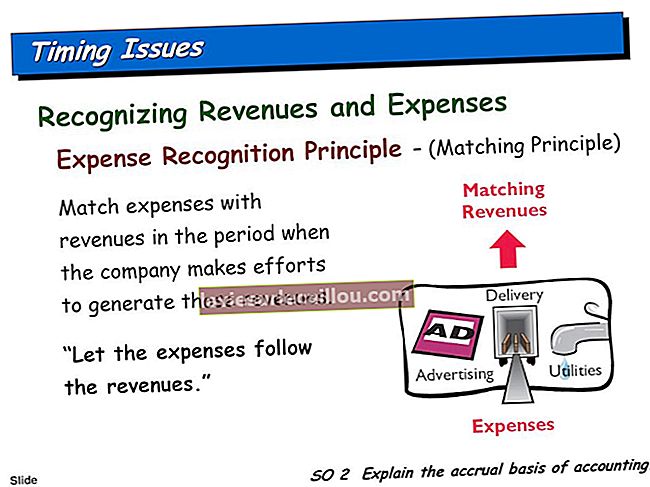There are several uses of the term debit memo, which are as follows:
Incremental billing. This can be an alternative version of an invoice to a customer, and is used when the amount billed on the original invoice was too low. Thus, the debit memo is essentially an incremental billing for the amount that should have been included in the original invoice. This usage is not common, since many companies simply re-issue the original invoice with an adjustment, or issue an invoice for the incremental amount, rather than use a debit memo. The debit memo is usually issued in the same format used for an invoice. When issued, debit memos typically appear on the monthly statements of outstanding accounts receivable that are sent to customers.
Internal offset. If there is a small credit balance remaining in a customer account, a debit memo can be generated to offset it, which allows the accounting staff to clear out the balance in the account. This situation can arise when a customer overpays (though such payments should be returned to the customer or forwarded to the applicable state government under escheatment laws), or when an accounting error leaves a residual balance in an account.
Bank transactions. A bank creates a debit memo when it charges a company a fee on its bank statement, thereby reducing the balance in the company's checking account. Thus, if a bank account has a balance of $1,000 and the bank charges a service fee of $50 with a debit memo, the account then has a remaining balance of $950. Examples of charges that can cause debit memorandums are bank service charges, bounced (not sufficient funds) check fees, charges for the printing of check stock, and rental fees for the use of remote deposit capture scanners and software.
Of the usages noted here, bank transactions represent the most common usage of debit memos.
Similar Terms
A debit memo is also known as a debit memorandum.









